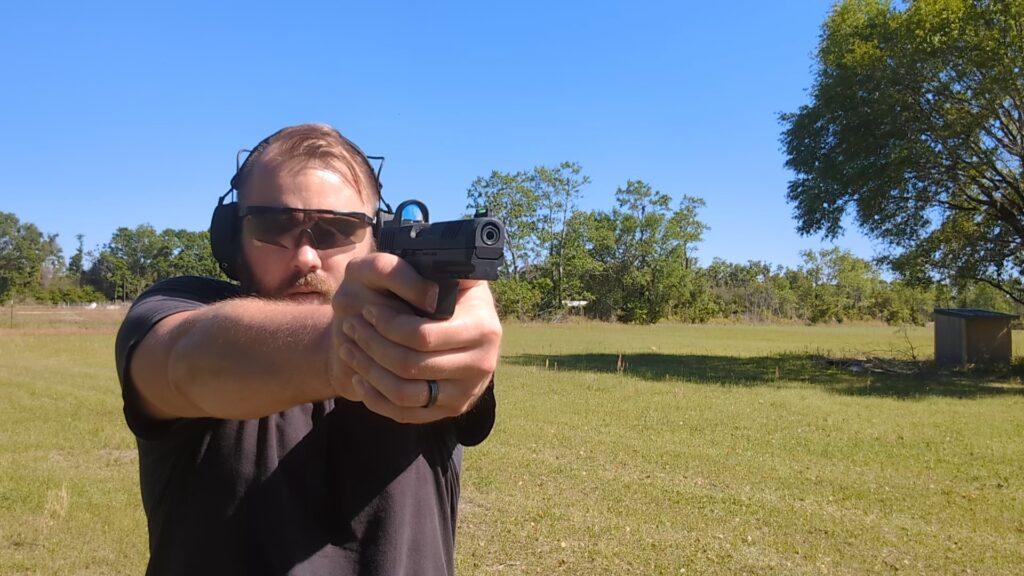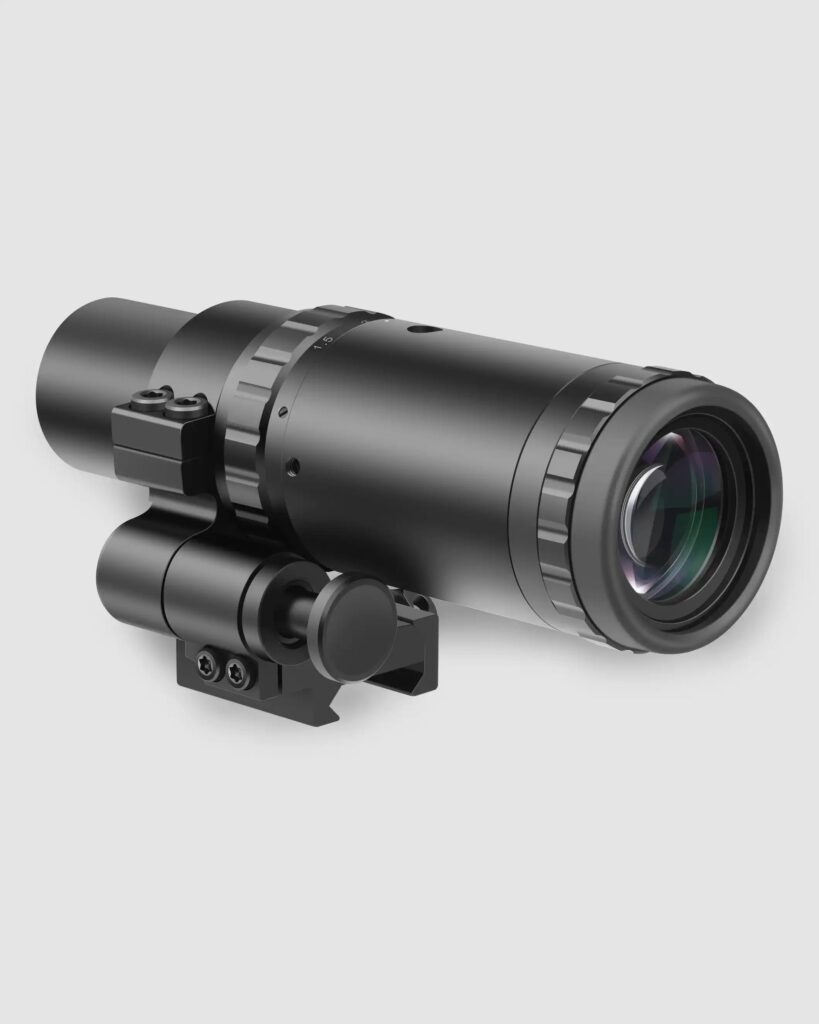If you take a glance at most modern military firearms, you’re bound to come across a few themes. Most military handguns are 9mm semi-automatics. There is currently a mix of hammer-fired DA/SA designs and striker-fired designs in the space, but that’s about the biggest variance. That wasn’t always the case. There are plenty of weird military sidearms that defy expectations.
Today, we will go through history and pull out five weird military sidearms. There are lots and lots of weird guns out there, so I kept it to firearms I can confirm to have been carried by military forces in one way or another. These represent either interesting ideas, innovative options, or specialty weapons that were very niche.
1 – Duck’s Foot Pistol
The Duck’s Foot Pistol design came from Henry Nock. Mr. Nock liked multiple-barrel firearms, and he created the multibarrel Nock gun, which he’s most famous for. The Duck’s Foot pistol was a multi-barreled handgun named for the orientation of the barrels. They were splayed out at a variety of angles that made the gun look like a Duck’s foot.
Advertisement — Continue Reading Below
The Duck’s foot originated in the 1700s and was produced until the early 1800s. The gun featured four rifled barrels that often unscrewed from the gun for loading, much like Queen Anne pistols.
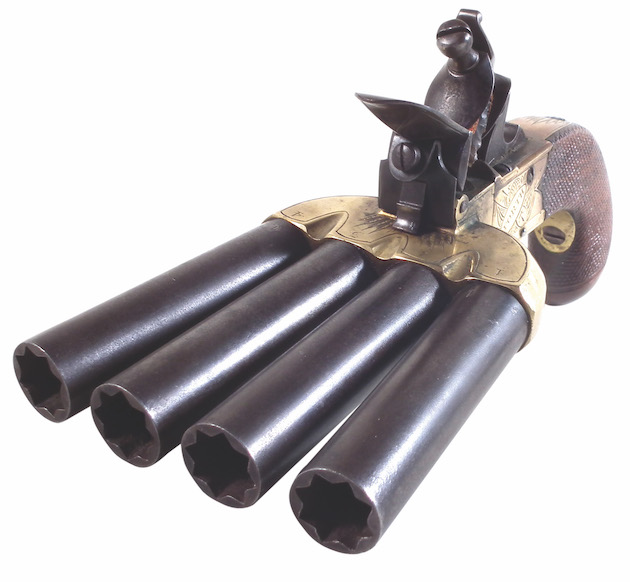
Numerous manufacturers produced Duck’s foot pistols, but they were mostly percussion pistols with some flintlock designs.
Advertisement — Continue Reading Below
These weird military sidearms were issued to British Naval Officers. The intent seemed to be to deal with mutinies and pirates. The four splayed barrels made it easy to fire four rounds at once, potentially striking men in a tightly packed crowd. On a ship it’s all close quarters so while weird it might have been useful.
2 – LeMat Revolver
The LeMat revolver comes from our friends in France. The revolver was weird for several reasons but also innovative. The gun came in .42 and .36 caliber variants, offering nine rounds per cylinder. For the 1860s, that was three more rounds than normal. This nine-round cylinder made the gun quite large, and so did the shotgun barrel. Oh, did I forget to mention the shotgun barrel?
Underneath the main barrel sits a 16- or 20-gauge shotgun barrel. The muzzle-loaded shotgun offered a single shot of close-range devastation. Users just had to flip a lever on the hammer to swap from cylinder to shotgun.
Advertisement — Continue Reading Below
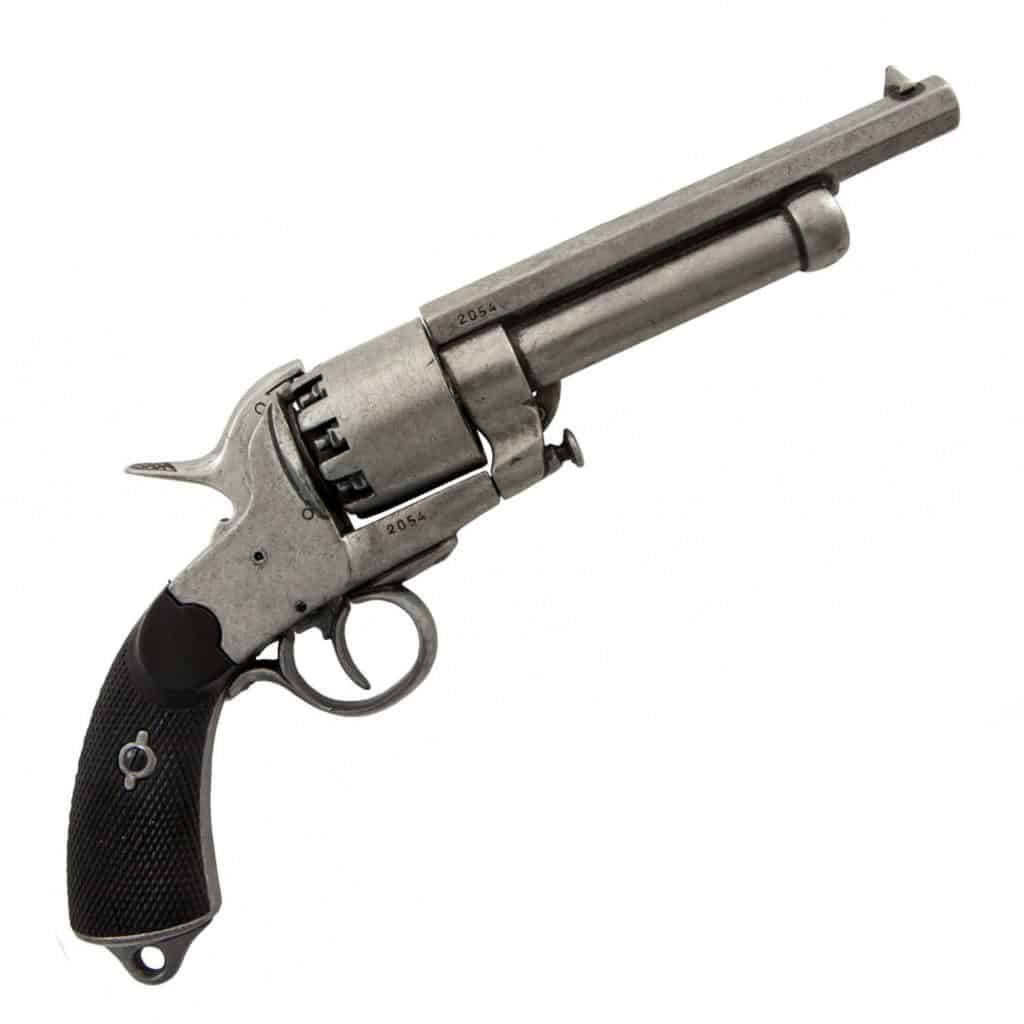
This gave you a total of ten rounds in one revolver. That makes this gun qualified for the weird military sidearms list.
American Confederate forces used the LeMat during the U.S. Civil War, and the French used it in the Franco-Prussian War. The percussion cap design quickly went out of service after the Civil War with the advent of the metallic cartridge. Pinfire LeMats exist, but they were never popular.
Advertisement — Continue Reading Below
3 – Remington Rolling Block Pistol
Lots and lots of people recognize the Rolling Block rifles. But would you be surprised to know they produced handguns? There was a big scramble to obtain cartridge-based firearms after the Civil War. So, why would Remington not try their hand at producing rifles and pistols? The Remington Rolling Block pistols were massive guns, and Remington simply shortened their rifles and used less powerful cartridges.
The Remington Rolling Block pistols were cartridge-based firearms, but as expected, they were only single-shot pistols. Revolvers of the era offered six shots, even if they were percussion cap pistols.
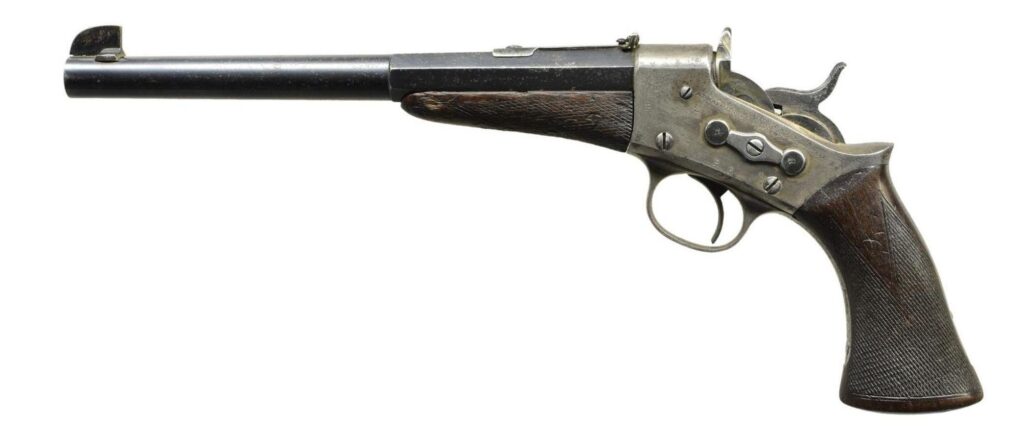
Advertisement — Continue Reading Below
Sure, the Rolling Block pistols were cartridge-based firearms, but single-shot guns aren’t great for close-range combat.
That didn’t stop the US Navy from purchasing 5,000 .50 caliber rimfire Rolling Block pistols. The Army purchased small numbers of the pistols, but the main sale went to the US Navy. Revolvers fairly quickly replaced these guns as centerfire cartridge revolvers became the norm.
4 – Gyrojet Pistol
The Gyrojet rifles and pistols might be the most fascinating firearm designs ever. These guns were produced by two men, Robert Mainhardt and Art Biehl. They formed a company to produce rifles and pistol designs that didn’t fire normal bullets but Gyrojets. Gyrojet weapons fire micro-sized rockets called Microjets.
Advertisement — Continue Reading Below
These Microjets left the gun at a low speed but picked up speed as they left the barrel. They were rocket-powered, and the acceleration continued as long as there was fuel to burn. The design has problems, lots and lots of problems.

First, the pistol’s accuracy is about 17 MOA at 25 yards. That’s absurd. Second, humidity could affect the rocket’s fuel and the gun’s reliability.
Advertisement — Continue Reading Below
The guns made their way to Vietnam. A Marine Recon officer carried one of these weird military sidearms, and the guys at MACVSOG had at least one in country. As you’d expect, the guns weren’t popular, and they faded away. The Gyrojet guns are rare and somewhat obscure these days. A single round of ammo can cost up to 200 dollars if you can find one.
5 – HK P11
Our last weird military sidearm is the HK P11 series. The Cold War was an interesting time, and there seemed to be this idea that frogmen would have small-arm fights underwater. Both the US and Russian forces produced underwater projectile weapons. The United States’ underwater option was the HK P11. The HK P11 is a large handgun designed to arm SEALs in case they run into Russian frogmen.
The HK P11 provided a five-barreled pistol, each holding one round. Each round was a 7.62x36mm long miniature rocket with fins. The guns were fired electrically via an internal battery.
Advertisement — Continue Reading Below
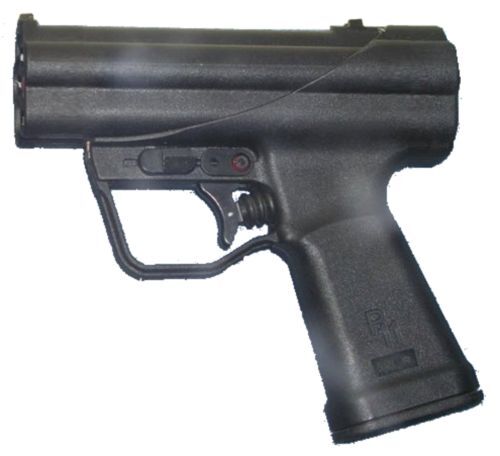
The HK P11 could only be fired five times, and after five shots, the gun had to be sent back to HK to be reloaded.
I’ve already mentioned this, and as you’d assume, it was issued to the US Navy but also spread throughout NATO. Germany, France, Denmark, Norway, the UK, and a few more allied nations. The HK P11 is the most successful gun on this list, and it’s not clear if anyone still uses it or if we’ve gotten away from the idea of close-range frogman fights.
The World of Weird Military Sidearms
I love weird guns, and it always fascinates me when a weird gun makes its way to military forces. Sidearms in the military aren’t used often and tend to be the least important firearm in the arsenal. This gives them room to be weird and not always the most practical option. Sometimes, it gets weird, and weird can be interesting and dynamic.


